Nowadays, even cameras can't do without one thing - cables! They come in many different varieties and for the most diverse purposes. Whether as a connection for the flash, for data transmission or for the direct transfer of image material, in any case, modern camera systems offer a great many connection points that make it much easier to deal with the recordings made. Those who call a cable stock their own usually have fewer problems editing the images or presenting them to others, provided they are still on the device.
Since the invention of the flash, a way had to be found to connect it to the camera in such a way that the shutter release and the flash become active at the same time. Many cameras have built-in flashes, but external flashes require cables. This flash cable is therefore also called a sync cable, because it ensures that the flash fires simultaneously in conjunction with the shutter release. The right flash cable must be chosen for the right camera, because only if both fit together can all automatic functions be correctly addressed.
Among cables today, none is as important as the USB cable. It is used to connect the camera directly to the computer, or in some cases to the tablet or smartphone. The cable establishes a direct connection to the camera's mass storage device so that the photos stored there can be retrieved and copied immediately. This saves the tedious process of removing the memory card and also makes it easier to edit and manage them on the PC: many programmes that are used for this purpose today have an import function so that the photos are moved directly into the appropriate folders. They are sorted by date or location and the meta data can also be read out excellently via these cables. Some of the USB cables are also used to charge the batteries if a special charger is not available. Here, many functions are fulfilled in one and due to the universal standard, all cameras can be connected to any system.
Whoever wants to present their latest recordings to their guests immediately can do so using an HDMI cable. The cable is used to connect the camera to another screen via a corresponding port. This is usually a television so that the stored content can be output directly on the screen. All output is controlled directly via the camera control unit, which usually has the appropriate software for this purpose. This technology is also a boon for professional photographers: Even before the pictures are copied, they can be viewed, and their quality can also be examined directly. Of course, instant deletion is also integrated in most systems and many cameras come with their own slide show function so that the pictures can also be played back automatically.
There are high quality requirements for each of these cables, but this is especially crucial for USB and HDMI cables. With USB, the standard 3.0 is mostly used today, which allows very fast transmission of even large amounts of data. In this context, it must be noted that high-resolution images also require an immense amount of storage space, so that a fast transfer of information has now become mandatory. HDMI should support the 4k standard, because the current systems are mostly capable of producing photos and videos in this quality.
If you want to enjoy excellent images, you can't get around these cables. They make it possible to transfer the data, to view it directly on another monitor or to control the flash with precise timing, which is of considerable importance for the quality of the shots. It is not only professional users who make use of these technologies, but even in inexpensive cameras, the corresponding connections have become standard and are thus simply part of modern photography. Find out more in our shop!
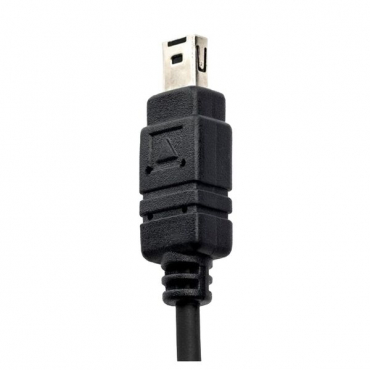

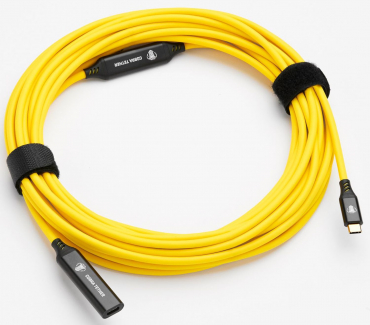
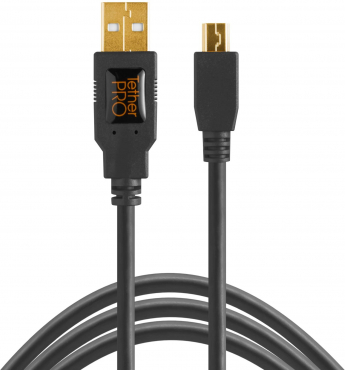
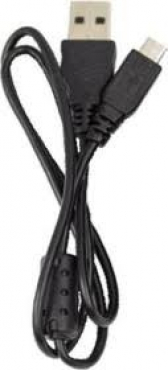
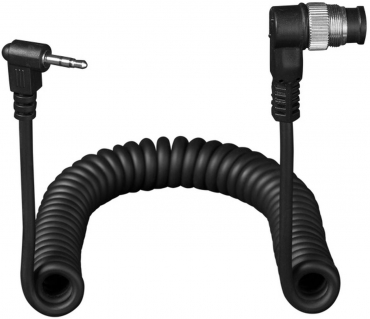


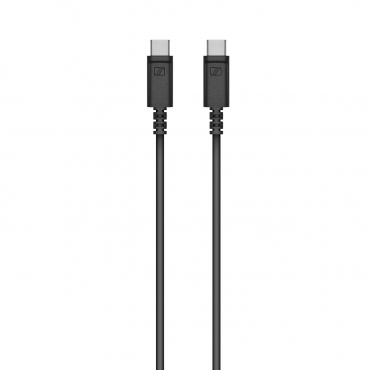



















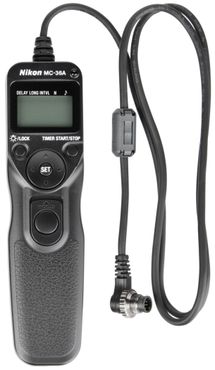
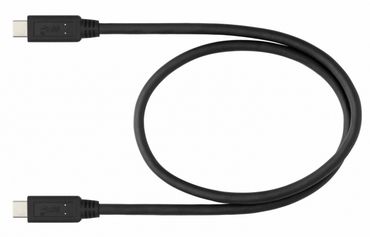

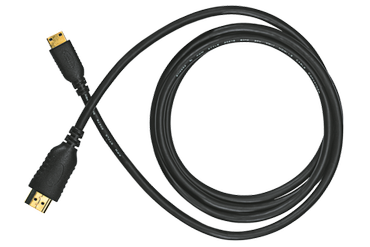
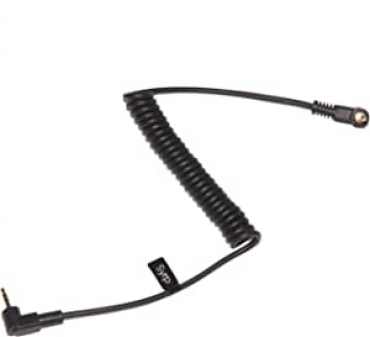

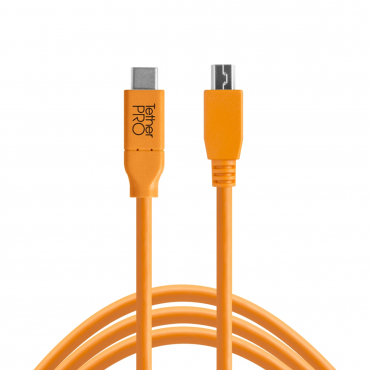
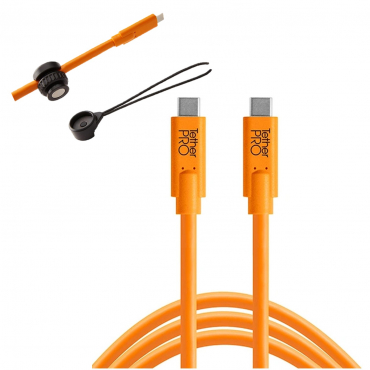
Simply subscribe and benefit as a newsletter recipient every week: